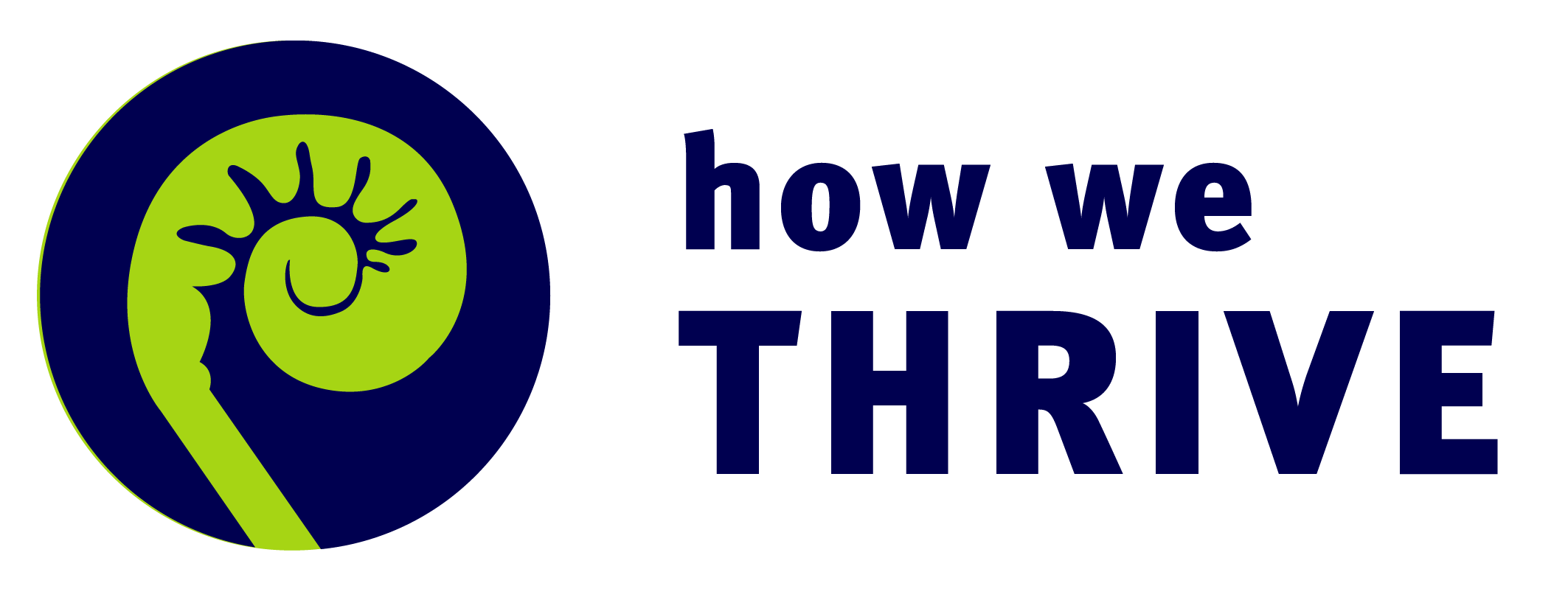Why narrative? Why now?
by Susan Szpakowski
Whenever our family dog barks at imaginary intruders, the cat runs for safety under the couch. As humans, we are also wired to look to peers for clues about what is normal, what is outside the box or dangerous, and when it is time to act.
The narratives we live by—in the media, in everyday conversations, in our own heads—maintain and reinforce our sense of what is normal and important, and what is not. It is therefore difficult to mobilize collective action without a change in the collective narrative.
But how to make this change? Even when we know intellectually that we are heading for a precipice—think climate data and raging Australian fires—it is still difficult to break out of business-as-usual thinking. Systems and the stories that drive them continue to churn away, creating outcomes that almost no one wants.
Until there is a disruption. Suddenly, a gap.
In her book Shock Doctrine Naomi Klein documents how the gap that follows a shock to everyday reality is often exploited by disaster capitalists. She asks, Why can’t those of us seeking to reshape “normal” in the direction of what is sustainable, life-giving and equitable also step into the opportunity of the gap?
Both scenarios seem to be happening right now. As the coronavirus escalates in North America, gun and ammunition sales are spiking in parts of the U.S., reinforcing narratives of fear. Elsewhere we can see narratives of caring and connection, even in the midst of social distancing. The Canadian caremongering movement is creating a “contagion of kindness” as it connects volunteers with neighbours in need. The network sprung up almost overnight, gaining more than 30,000 members in 72 hours in cities and regions across the country, including Nova Scotia.
What other narratives do we want to choose and spotlight now? What stories will inspire and hold us, remind us, and guide us now and into the future? How can we begin to collectively imagine and work towards a way of life that steers us away from the precipice?
These are some of the questions behind the Narrative Project. We hope you will join us.
